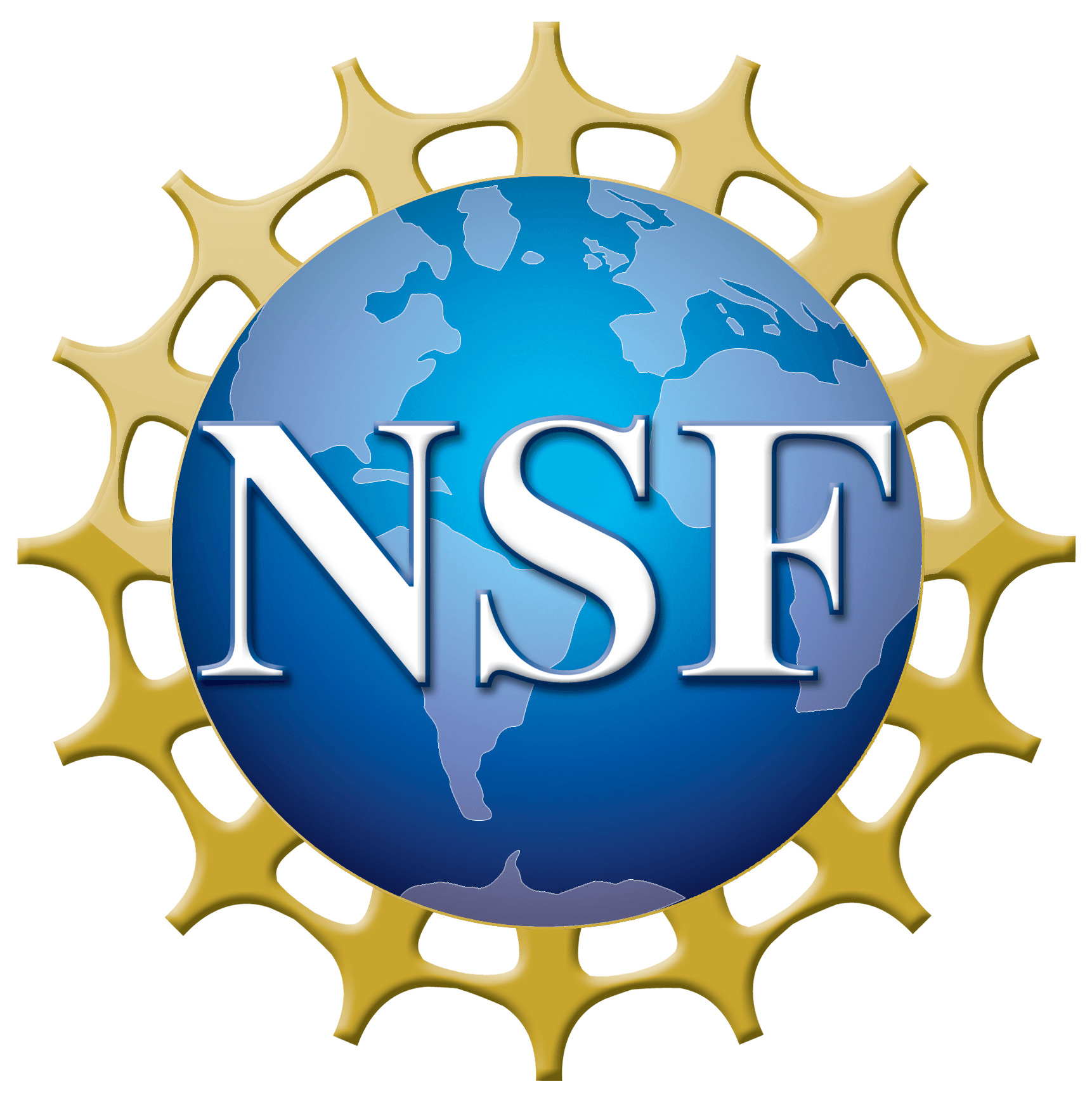Latest NRAO News
News is managed by NRAO News & Public Information. Questions about News? Have a story to share? Want to interview a scientist or create new media about our telescopes?
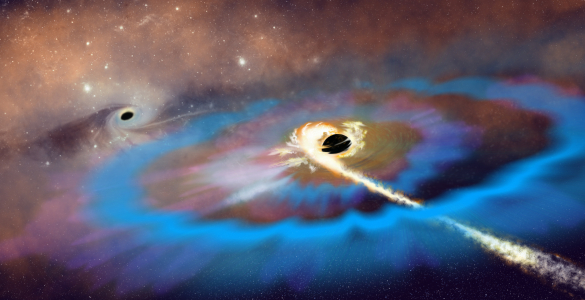
An international team of astronomers has discovered the first radio-bright tidal disruption event (TDE) occurring outside a galaxy’s center using the U.S. National Science Foundation National Radio Astronomy Observatory (NSF NRAO) Very Large Array (NSF VLA) and Atacama Large Millimeter/submillimeter Array (ALMA), along with several partner telescopes,. The event, designated AT 2024tvd, revealed the fastest-evolving radio signals ever observed from this type of cosmic catastrophe.
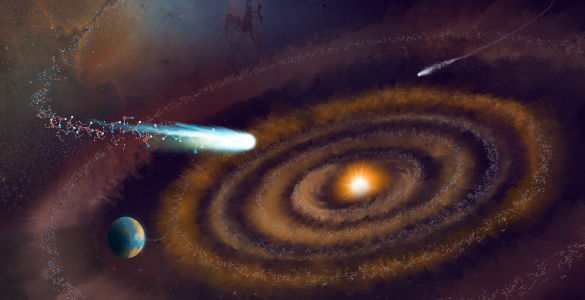
The discovery of ancient water in a planet-forming disk reveals that some of the water found in comets—and maybe…
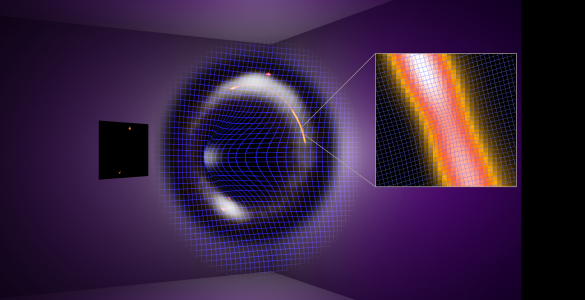
An international research team, using a worldwide network of radio telescopes, including the U.S. National Science Foundation National Radio Astronomy Observatory (NSF NRAO) VLBA and GBT, has detected an enigmatic dark object with a mass about one million times that of our Sun without observing any emitted light. This is the lowest mass dark object ever detected at a cosmological distance using only its gravitational influence, marking a major milestone in the quest to unravel the nature of dark matter.
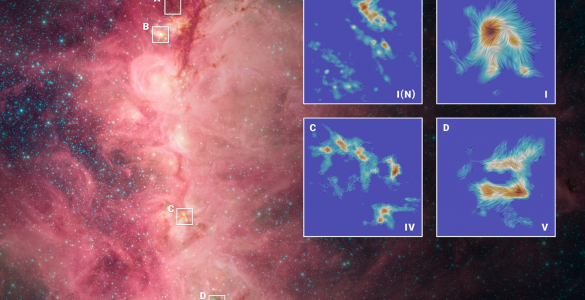
Astronomers have captured the clearest picture yet of how massive stars are born, revealing a dramatic interplay between gravity…
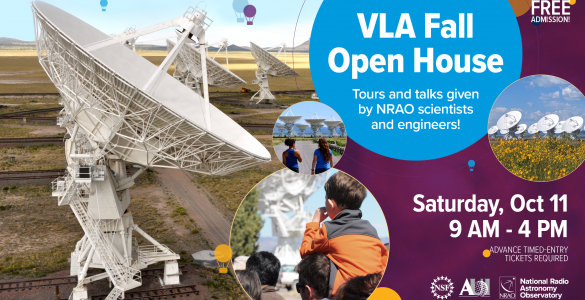
The U.S. National Science Foundation National Radio Astronomy Observatory (NSF NRAO) invites the public to the U.S. National Science Foundation Very Large Array (NSF VLA) for its annual Fall Open House on Saturday, October 11, 2025, from 9:00 a.m. to 4:00 p.m. This free, family-friendly event offers a rare chance to explore one of the world’s most iconic astronomical observatories through guided tours, talks by experts, hands-on learning activities, and more.
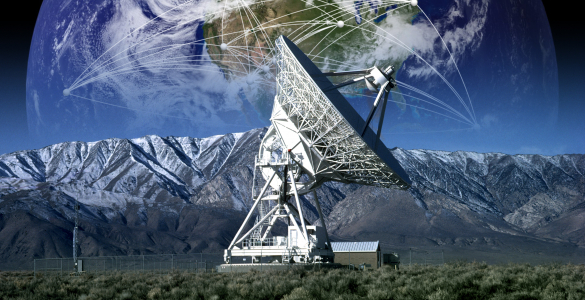
The U.S. National Science Foundation National Radio Astronomy Observatory (NSF NRAO) has begun a major upgrade to the NSF Very Long Baseline Array (NSF VLBA) with the development and installation of state-of-the-art ultra wideband receivers capable of operating across the frequency range of 8 to 40 gigahertz (GHz). This new technology, first prototyped by NRAO in collaboration with NASA’s Jet Propulsion Laboratory (JPL), and tested on the NSF VLBA’s Owens Valley station, promises to significantly expand the scientific capabilities of the NSF VLBA.




